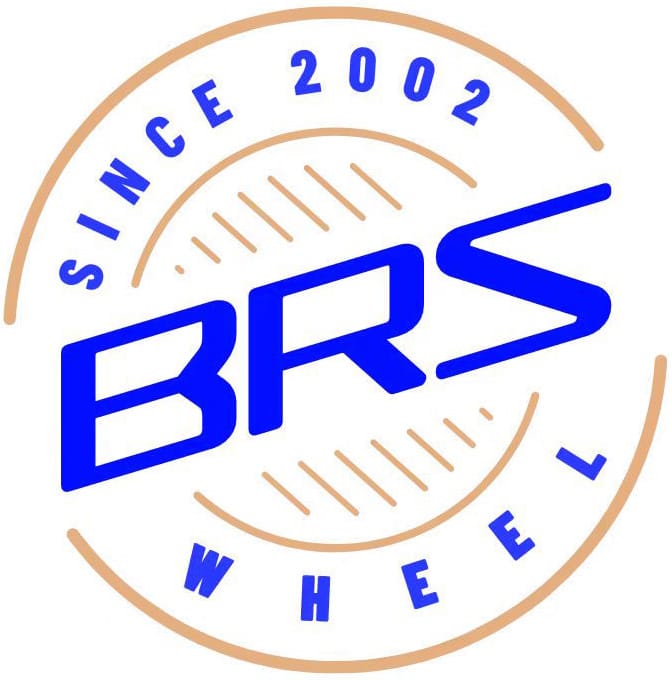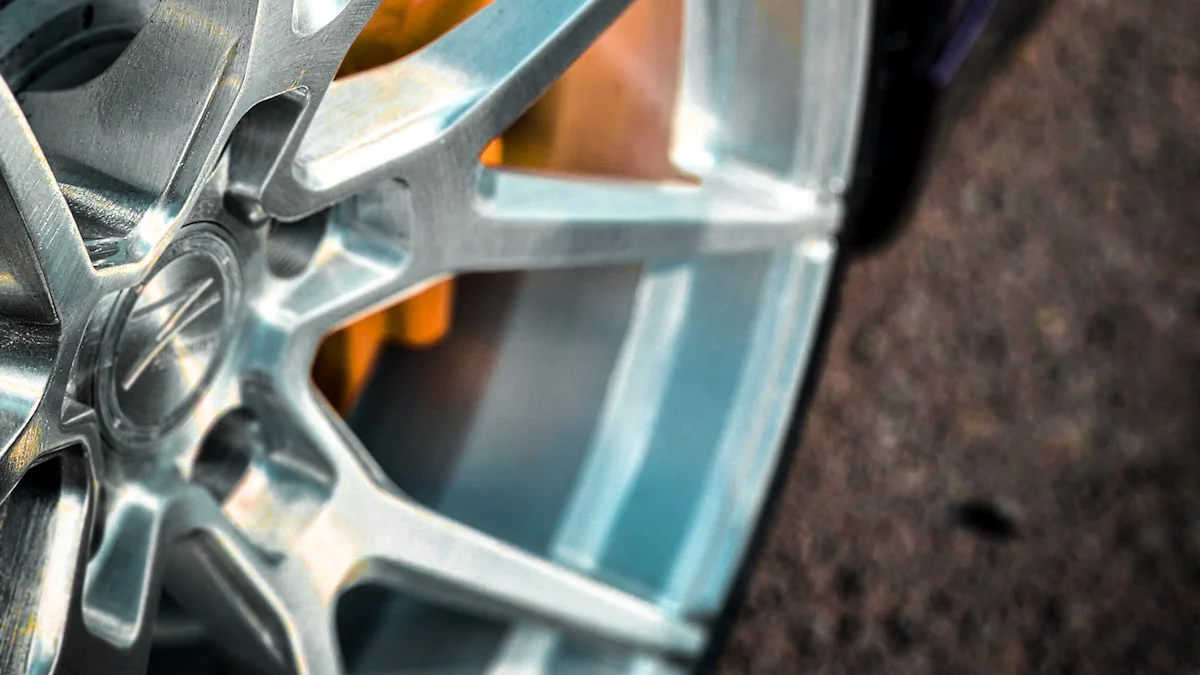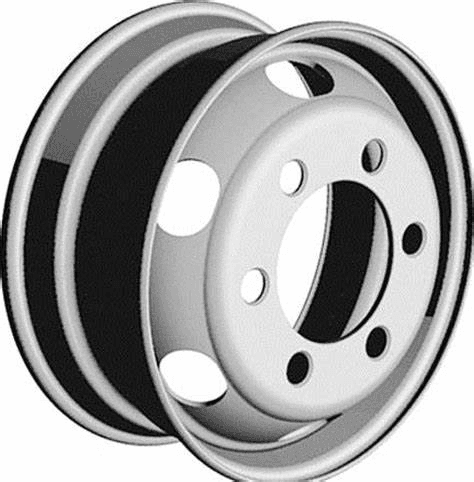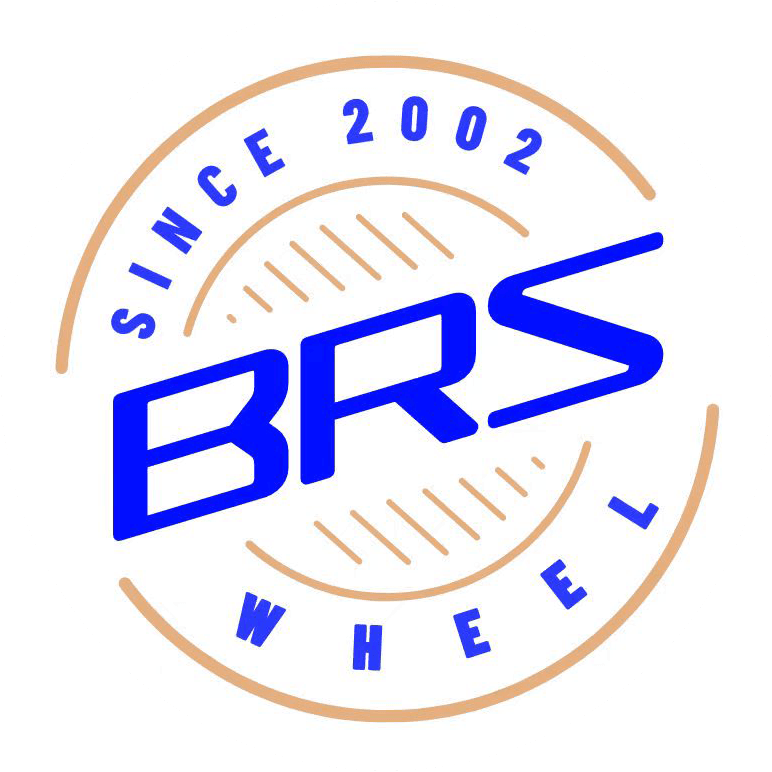
Choosing the right 14inch rim is more than just a style upgrade; it directly impacts your vehicle’s performance and safety. A well-fitted rim enhances handling, improves stability, and ensures a smoother ride. Prioritizing functionality over aesthetics can also boost durability and longevity, making your investment worthwhile. Shopping online for rims offers unmatched convenience. You can explore a wide variety of options, compare prices easily, and find competitive deals—all from the comfort of your home. With the right approach, you can balance performance, safety, and affordability seamlessly.
Key Takeaways
- Understand the technical specifications of 14-inch rims, including bolt patterns, rolling diameter, and offset, to ensure a proper fit and optimal performance.
- Evaluate rim width and material options carefully; alloy rims offer lighter weight and style, while steel rims provide durability and cost-effectiveness.
- Consider the pros and cons of upsizing your rims; larger rims can enhance aesthetics and handling but may compromise ride comfort and increase costs.
- Set a clear budget before shopping for rims, factoring in additional costs like shipping and installation to avoid overspending.
- Verify vehicle compatibility by checking specifications in your car’s manual and using online compatibility tools to prevent fitment issues.
- Choose reputable online retailers with positive customer reviews and clear return policies to ensure a smooth shopping experience.
- Read customer reviews to gain insights into the quality and performance of rims, helping you make an informed decision.
Understanding Technical Specifications for 14-inch Rims
When shopping for a 14inch rim, understanding the technical specifications is crucial. These details ensure that the rims you choose not only fit your vehicle but also enhance its performance and safety. Let’s break down three key aspects you need to focus on.
Bolt Patterns and Compatibility
The bolt pattern is one of the most important factors when selecting a 14inch rim. It refers to the arrangement and spacing of the bolts on your wheel hub. To determine your vehicle’s bolt pattern, count the number of bolts and measure the distance between two opposite bolts. For example, a bolt pattern labeled as “5×4.5” means there are five bolts spaced 4.5 inches apart.
Matching the bolt pattern of your new rims with your vehicle’s original equipment manufacturer (OEM) specifications ensures proper fitment. A mismatch can lead to installation issues or even compromise safety. Always double-check this detail before making a purchase.
Rolling Diameter and Its Importance
The rolling diameter is the total height of the wheel and tire assembly. This measurement affects your vehicle’s speedometer accuracy, braking performance, and overall handling. When replacing rims, maintaining the same rolling diameter as your original setup is essential. A significant change in diameter can disrupt your vehicle’s performance and may even cause damage to the suspension system.
If you’re unsure about the correct rolling diameter, consult your vehicle’s manual or seek advice from a professional. Many online retailers also provide tools to help you calculate the rolling diameter based on your tire size and rim dimensions.
Offset and Its Impact on Fitment
The offset of a rim determines how the wheel sits in relation to the suspension and fender. It is measured in millimeters and can be positive, negative, or zero. A positive offset means the mounting surface is closer to the front of the wheel, while a negative offset places it closer to the back. Zero offset indicates the mounting surface is perfectly centered.
Using the correct offset is vital for maintaining your vehicle’s handling and avoiding unnecessary stress on components like bushings and ball joints. Front-wheel-drive (FWD) and all-wheel-drive (AWD) vehicles, in particular, require precise offset alignment to ensure proper load distribution. Always stick to the OEM-recommended offset for your vehicle to avoid complications.
By understanding these technical specifications, you’ll be better equipped to choose a 14inch rim that fits perfectly and performs optimally. Paying attention to these details can save you time, money, and potential headaches down the road.
Evaluating Rim Fitment and Material Options
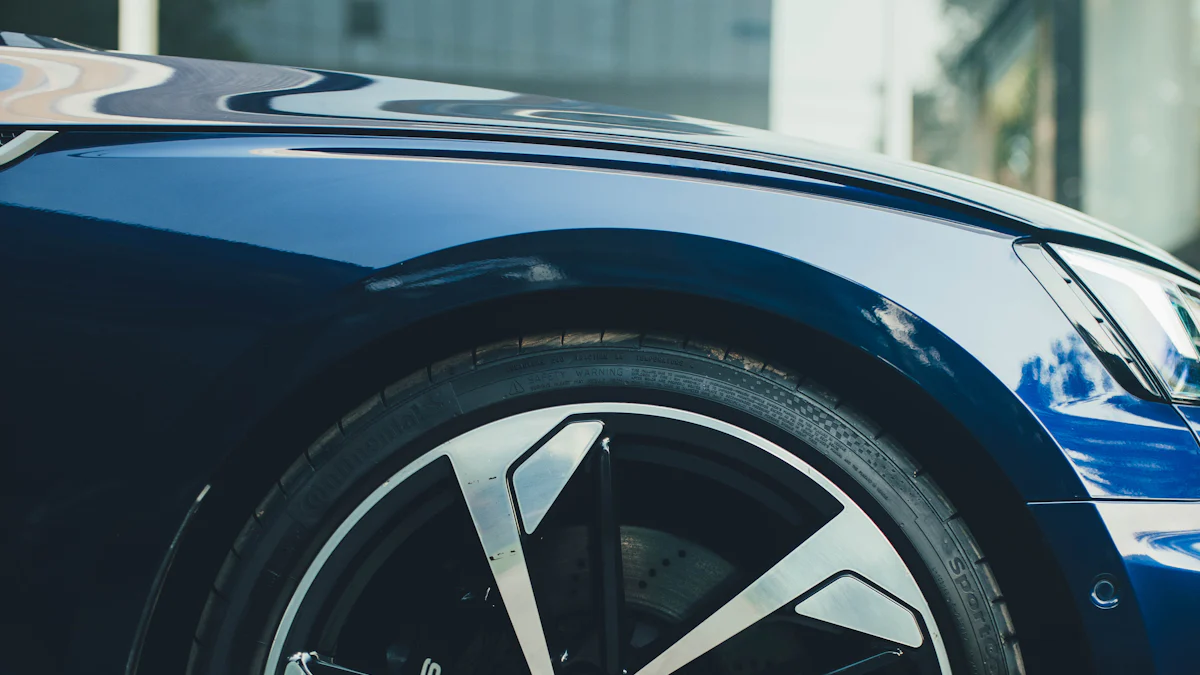
When selecting a 14inch rim, understanding how fitment and material choices affect your vehicle is essential. These factors influence not only the performance but also the overall driving experience. Let’s dive into the details.
Rim Width and Tire Compatibility
Rim width plays a critical role in determining which tires will fit your rims. The width of the rim must align with the tire size to ensure proper fitment. A mismatch can lead to uneven tire wear, reduced handling, or even safety issues. For example, a tire that is too narrow for the rim may stretch, while a tire that is too wide could bulge, both of which compromise performance.
To find the right match, check your vehicle’s manual or the specifications provided by the tire manufacturer. Most online retailers also offer compatibility tools where you can input your tire size to see recommended rim widths. This step ensures that your 14inch rim and tires work together seamlessly, providing optimal grip and stability on the road.
Choosing Between Alloy and Steel Rims
The choice between alloy and steel rims depends on your priorities—whether it’s performance, durability, or aesthetics. Each material has its unique advantages and trade-offs.
Alloy Rims: These are lighter than steel rims, which reduces the unsprung weight of your vehicle. This lighter weight improves handling, enhances fuel efficiency, and provides a smoother ride. Alloy rims also come in a variety of designs, making them a popular choice for those who value style. However, they are more expensive and less durable than steel rims. They are prone to damage from potholes and can be costly to repair.
Steel Rims: If durability is your main concern, steel rims are the way to go. They are sturdier and can withstand rough road conditions better than alloy rims. Steel rims are also more affordable and easier to repair if damaged. However, they are heavier, which can slightly reduce fuel efficiency and make handling less responsive. Steel rims also lack the design variety of alloy rims, making them less appealing for those focused on aesthetics.
When deciding, consider your driving conditions and personal preferences. If you frequently drive on rough terrain or in harsh weather, steel rims might be the better option. On the other hand, if you prioritize performance and style, alloy rims could be worth the investment.
By carefully evaluating rim width and material options, you can make an informed decision that aligns with your needs. Whether you choose alloy or steel, ensuring compatibility with your vehicle and tires will help you get the most out of your 14inch rim.
Planning for Upsizing and Budgeting
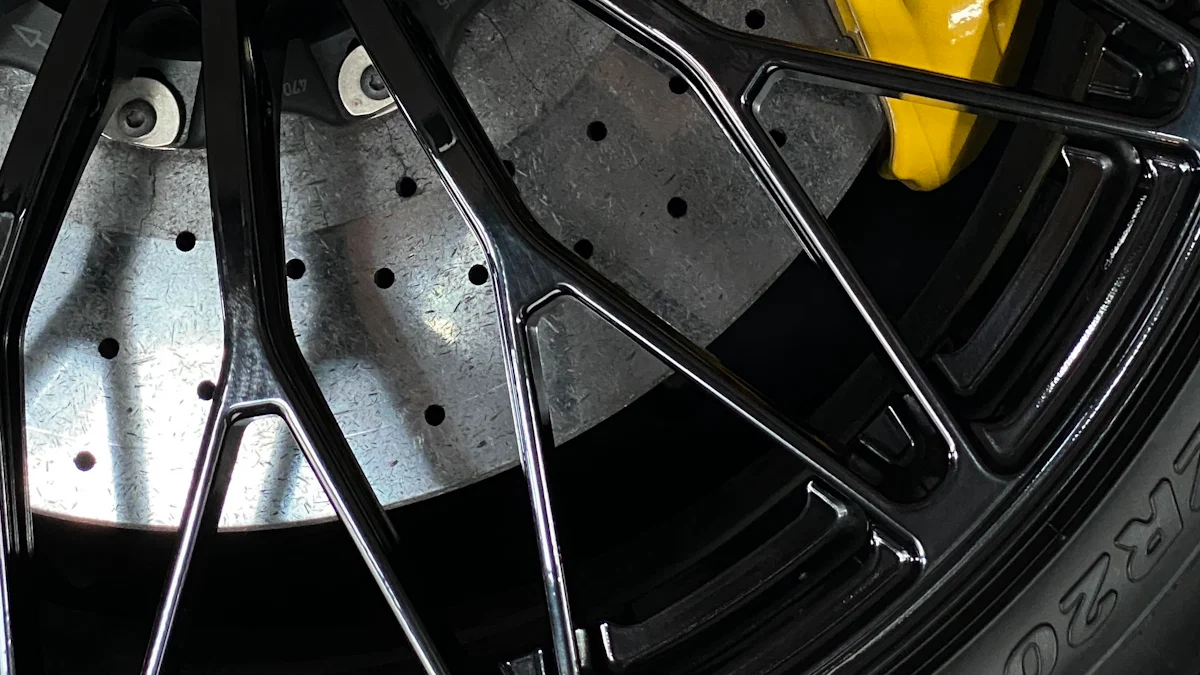
When considering new rims, upsizing often comes to mind. It’s a popular choice for those looking to enhance their vehicle’s appearance or performance. However, it’s essential to weigh the benefits and drawbacks before making a decision. Additionally, setting a clear budget ensures you get the best value without overspending.
Pros and Cons of Upsizing to Larger Rims
Upsizing your rims can transform your vehicle’s look and feel. Larger rims often give your car a sleek, modern appearance that turns heads on the road. Imagine your ride sporting a fresh set of rims that instantly elevate its style. Beyond aesthetics, upsizing can improve handling by reducing tire sidewall flex, which enhances cornering stability.
However, bigger isn’t always better. Larger rims can negatively impact your vehicle’s suspension and steering control if they don’t fit properly. Oversized rims may reduce stability, leading to a less comfortable ride. They can also increase the risk of damage to your tires and suspension system, especially on rough roads. Additionally, larger rims often come with higher costs, not just for the rims themselves but also for compatible tires.
To make an informed decision, consider your driving habits and priorities. If you value style and improved cornering, upsizing might be worth it. But if you frequently drive on uneven terrain, sticking to your original rim size could save you from potential headaches.
Setting a Budget for 14-inch Rims
Budgeting is a crucial step in your rim-buying journey. Without a clear budget, it’s easy to overspend or compromise on quality. Start by researching the average cost of 14-inch rims. Prices can vary widely depending on the material, brand, and design. Steel rims are generally more affordable, while alloy rims tend to be pricier due to their lightweight and stylish designs.
When setting your budget, factor in additional costs like shipping, installation, and any necessary accessories. Don’t forget to account for potential expenses if you’re upsizing, such as purchasing new tires to match the larger rims. Comparing prices across multiple online retailers can help you find the best deals. Look for promotions or discounts, but ensure the rims meet your vehicle’s specifications and quality standards.
“A fresh set of rims can give your ride a sleek, upgraded look,” but it’s essential to balance aesthetics with practicality. By planning your budget carefully, you can invest in rims that enhance your vehicle without breaking the bank.
Remember, a well-thought-out budget not only saves you money but also ensures you get rims that align with your needs and preferences. Whether you’re upsizing or sticking to your current size, planning ahead makes the process smoother and more enjoyable.
Ensuring Compatibility and Shopping Smart
When buying a 14inch rim online, ensuring compatibility and shopping smart can save you time, money, and frustration. By focusing on these aspects, you’ll make a confident purchase that fits your vehicle perfectly and meets your expectations.
Verifying Vehicle Compatibility
Before adding rims to your cart, confirm they’re compatible with your vehicle. This step is critical to avoid fitment issues and potential safety risks. Start by checking your car’s manual for specifications like bolt pattern, offset, and rim width. These details ensure the rim aligns with your vehicle’s design and performance requirements.
If you’re unsure, consult an expert. Automotive professionals, like Nick Psaros, stress the importance of seeking advice when verifying compatibility. He recommends double-checking every detail to prevent costly mistakes. Many online retailers also offer compatibility tools where you can input your vehicle’s make and model to find matching rims. Use these tools to simplify your search and gain peace of mind.
“Talking with an expert ensures you get the right fit for your car,” says OE Wheels Experts, who specialize in high-quality alloy wheels. Their advice highlights the value of professional guidance when selecting rims.
Finding Reputable Online Retailers
Not all online stores are created equal. Choosing a trustworthy retailer is essential for a smooth shopping experience. Look for sellers with a solid reputation, clear product descriptions, and responsive customer service. A reputable retailer will provide detailed specifications for their rims, helping you make an informed decision.
Check if the retailer specializes in automotive parts. Stores like OE Wheels are known for their expertise and commitment to quality. They offer a wide range of options, including alloy rims, at reasonable prices. Shopping from such retailers increases your chances of receiving a product that meets industry standards.
Additionally, prioritize websites with secure payment options and transparent policies. A professional-looking website with SSL encryption (indicated by a padlock symbol in the browser) ensures your personal information stays safe during transactions.
Reading Customer Reviews and Return Policies
Customer reviews are a goldmine of information. They provide insights into the quality, durability, and performance of the rims you’re considering. Read both positive and negative reviews to get a balanced perspective. Pay attention to comments about fitment, as this is a common concern when buying rims online.
A clear return policy is equally important. Even with thorough research, there’s always a chance the rims might not fit or meet your expectations. A retailer with a hassle-free return policy gives you the flexibility to exchange or return the product without stress. Before purchasing, review the terms carefully to understand the process and any associated costs.
By verifying compatibility, choosing reputable retailers, and reading reviews, you’ll shop smarter and avoid common pitfalls. These steps ensure you invest in a 14inch rim that enhances your vehicle’s performance and style.
FAQ
When shopping for 14-inch rims online, you might have a few questions. To make your experience smoother, here are answers to some of the most common queries.
1. How do I know if a rim will fit my car?
To ensure a proper fit, check your vehicle’s specifications. Look for details like bolt pattern, offset, and rim width in your car’s manual. Many online retailers provide compatibility tools where you can input your vehicle’s make and model to find matching rims. If you’re unsure, consult a professional or reach out to the retailer for guidance.
“Is it technically compatible with your ride?” This question is crucial when selecting rims. Double-checking these details saves you time and money.
2. What’s the difference between alloy and steel rims?
Alloy rims are lightweight and stylish, offering better handling and fuel efficiency. Steel rims, on the other hand, are heavier but more durable and affordable. Your choice depends on your priorities. If you value performance and aesthetics, go for alloy. If durability and cost-effectiveness matter more, steel rims are a better option.
3. Can I buy used rims online?
Yes, you can. Buying used rims can save you money, but you need to be cautious. Inspect the rims for cracks, bends, or excessive wear. Ask the seller for detailed photos and information about the rim’s history. Reputable retailers often provide quality checks for used rims, ensuring they meet safety standards.
“Knowing what to look for when buying used rims is crucial,” as it helps you avoid costly mistakes. Always prioritize quality over price.
4. What should I consider when upsizing my rims?
When upsizing, ensure the new rims maintain the same rolling diameter as your original setup. This prevents issues with your speedometer, braking, and suspension. Also, consider the impact on ride comfort and fuel efficiency. Larger rims may look great but could compromise performance if not chosen carefully.
5. How do I find a trustworthy online retailer?
Look for retailers with positive customer reviews, detailed product descriptions, and clear return policies. A professional-looking website with secure payment options is a good sign. Stores specializing in automotive parts, like OE Wheels, often provide better quality and service.
6. What’s the average cost of 14-inch rims?
The price varies depending on the material, brand, and design. Steel rims are generally more affordable, ranging from $50 to $150 per rim. Alloy rims can cost anywhere from $100 to $500 per rim. Always compare prices across multiple retailers to find the best deal.
7. What if the rims I buy don’t fit?
Check the retailer’s return policy before purchasing. Many reputable sellers offer hassle-free returns or exchanges. This gives you peace of mind in case the rims don’t meet your expectations or fit your vehicle.
By addressing these common questions, you’ll feel more confident and informed when buying 14-inch rims online. If you have additional concerns, don’t hesitate to reach out to experts or the retailer for assistance.
Choosing the best 14inch rim online requires a thoughtful approach. Start by understanding technical specifications like bolt patterns, rolling diameter, and offset to ensure a perfect fit. Focus on compatibility and material choices, balancing performance with durability. Research thoroughly to avoid costly mistakes. Explore reputable online stores that offer detailed product descriptions, secure payment options, and clear return policies. These steps not only simplify your buying process but also ensure you make an informed decision. By prioritizing quality and functionality, you’ll enhance your vehicle’s performance and style with confidence.
FAQ
1. Do I have to get new tires with rims?
Not always. If your new rims match the diameter and width of your current ones, you can keep your existing tires. However, you need to ensure the bolt or lug patterns align with your vehicle. These patterns determine how the rims attach to your car. If the patterns don’t match, the rims won’t fit properly. Always double-check these details before making a purchase.
2. How do I measure the bolt pattern on my vehicle?
To measure the bolt pattern, count the number of bolts on your wheel hub and measure the distance between two opposite bolts. For example, a “5×4.5” bolt pattern means there are five bolts spaced 4.5 inches apart. This measurement ensures the rims you choose will fit securely on your vehicle. If you’re unsure, consult your vehicle’s manual or ask a professional for assistance.
3. Can I use alloy rims in winter?
Yes, but it depends on your driving conditions. Alloy rims perform well in most weather, but they are more prone to damage from road salt and harsh winter conditions. If you frequently drive in snowy or icy areas, consider using steel rims during winter. Steel rims are more durable and resistant to corrosion, making them a better choice for rough weather.
4. What’s the difference between rim offset and backspacing?
Offset refers to the distance between the rim’s mounting surface and its centerline. It can be positive, negative, or zero. Backspacing measures the distance from the mounting surface to the back edge of the rim. Both factors affect how the rim sits on your vehicle and its compatibility with the suspension and fenders. Understanding these terms helps you choose rims that fit perfectly without causing handling issues.
5. Are used rims a good option?
Used rims can save you money, but you need to inspect them carefully. Look for cracks, bends, or signs of excessive wear. Ask the seller for detailed photos and information about the rim’s history. Reputable retailers often perform quality checks on used rims, ensuring they meet safety standards. If you decide to buy used, prioritize quality over price to avoid future problems.
6. How do I know if a rim is compatible with my vehicle?
Check your vehicle’s specifications in the manual. Look for details like bolt pattern, offset, and rim width. Many online retailers offer compatibility tools where you can input your car’s make and model to find matching rims. If you’re still unsure, consult a professional or contact the retailer for guidance.
7. What should I consider when buying rims online?
When shopping online, focus on compatibility, material, and design. Verify the rim’s specifications match your vehicle’s requirements. Read customer reviews to learn about the product’s quality and performance. Choose reputable retailers with clear return policies. This ensures you can exchange or return the rims if they don’t meet your expectations.
8. Can I install rims myself?
Yes, but only if you have the right tools and experience. Installing rims requires precision to ensure proper fitment and safety. If you’re not confident in your skills, it’s best to have a professional handle the installation. Incorrectly installed rims can lead to handling issues or even accidents.
9. How do I maintain my rims?
Regular cleaning keeps your rims in good condition. Use a mild soap and water solution to remove dirt and brake dust. Avoid harsh chemicals that can damage the finish. For alloy rims, apply a protective wax to prevent corrosion. Inspect your rims periodically for signs of damage, especially after driving on rough roads.
10. What’s the average lifespan of rims?
The lifespan of rims depends on their material and how well you maintain them. Steel rims can last over a decade with proper care, while alloy rims may need replacement sooner due to their susceptibility to damage. Regular inspections and maintenance extend the life of your rims, ensuring they stay safe and functional for years.
Related News
- Posted In:General
